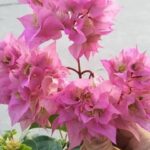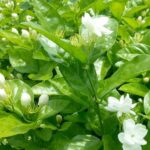The vibrant colors of poppies range from red, purple, yellow, green, white, and pink, with each shade carrying a unique meaning.
To grow poppies and encourage large, vibrant blooms, it’s essential to understand their growth habits and master the necessary care techniques.
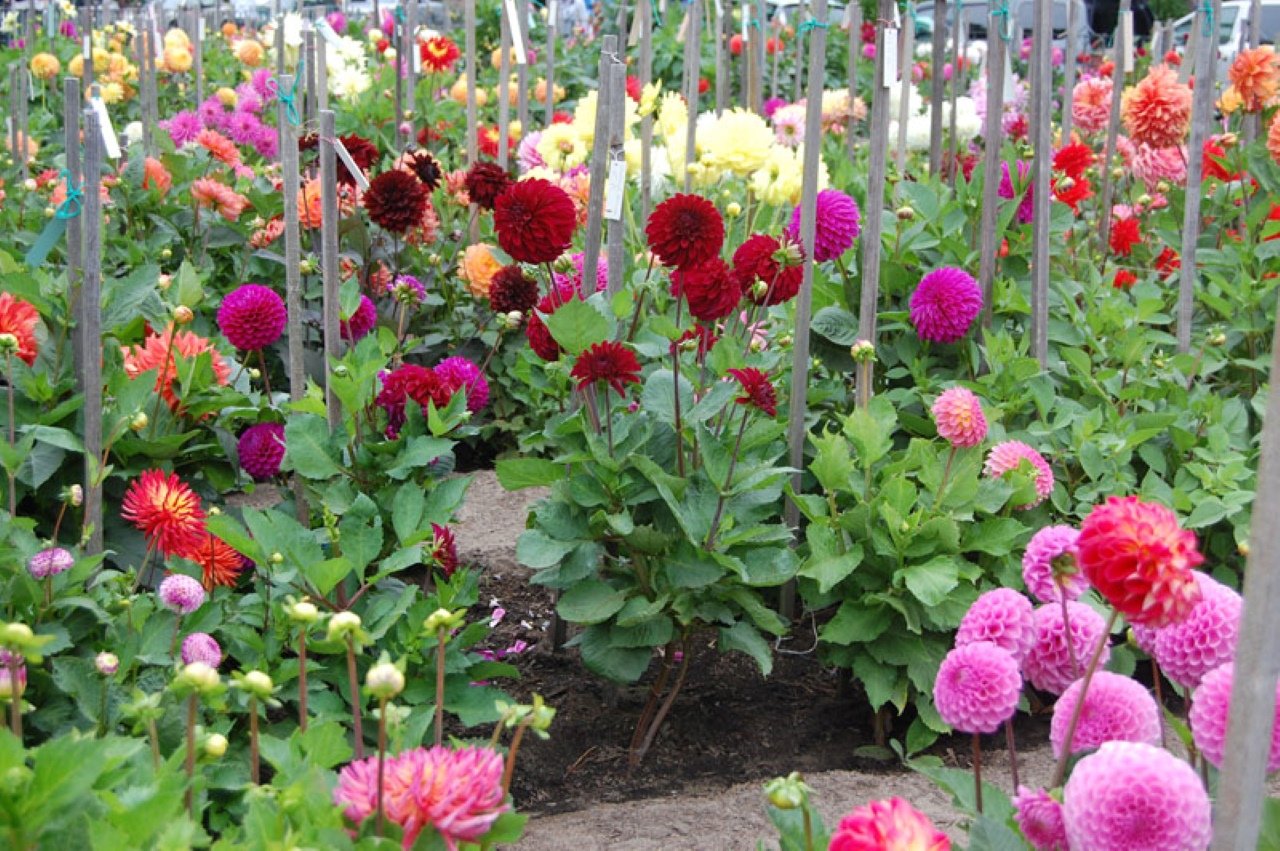
The diverse colors of poppies, from red to purple and everything in between, each carrying their own significance.
Choose the Right Soil for Your Poppies
For your poppies to thrive and bloom abundantly, start by nurturing their root system. The type of soil you use plays a crucial role in the health of your poppies’ roots.
Poppies prefer light, airy soil with excellent drainage. Insufficient drainage can lead to root rot, leaf discoloration, and hindered growth, making it challenging for your poppies to flower.
Additionally, remember to loosen the soil regularly to prevent compaction.
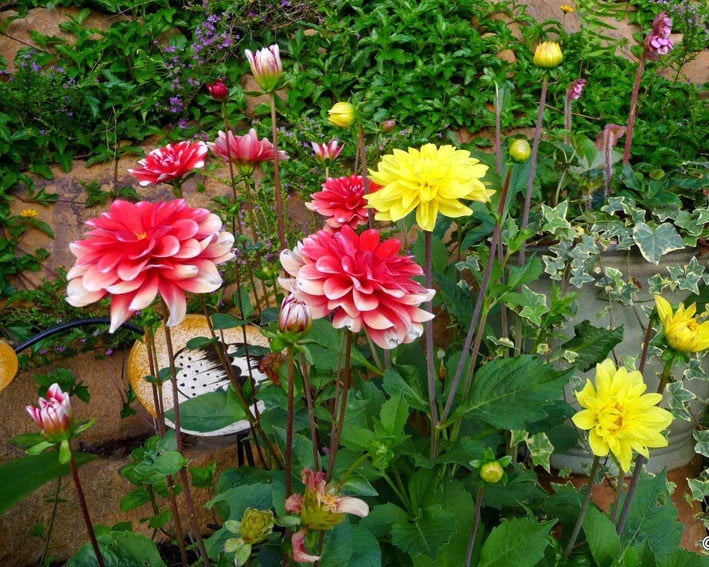
Poppies often bloom around the festive season, adding a touch of natural beauty.
Ensure Abundant Sunlight for Your Poppies
As poppies are primarily grown for their stunning flowers, and being sun-loving plants, sunlight is a key factor in encouraging bud formation.
Position your poppies outdoors in a sunny spot. The more sunlight they receive, the stronger their growth and the larger their blooms. Conversely, insufficient light will result in slower growth, fewer flowers, and less vibrant colors.
However, if the sun is too intense, provide some shade or reduce exposure, as this will prolong the life of the flowers and extend their blooming period.
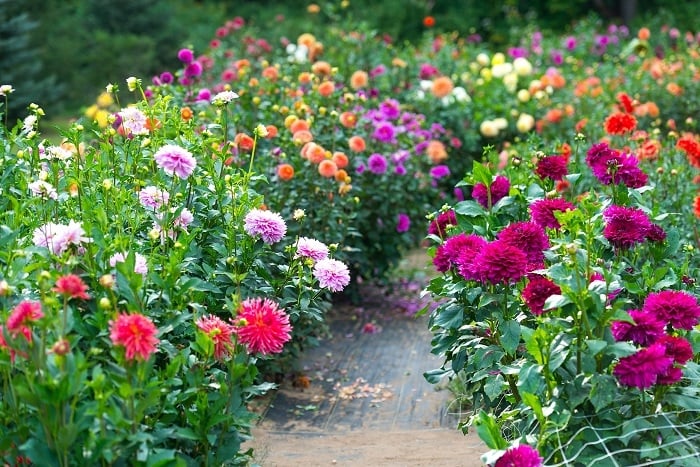
Poppies are a beloved, affordable flower favored by many.
Avoid Overwatering Your Poppies
While water is essential for plant growth, too much or too little can impact your poppies’ development.
Particularly during their growth phase, closely monitor your watering habits to avoid hindering their flowering.
Poppies love water but are prone to root rot if overwatered. Excessive watering can lead to constantly wet soil, which is detrimental to their roots.
Follow the “dry and wet” watering principle, only watering your poppies when the soil is dry, and ensuring you thoroughly soak the roots when you do water.
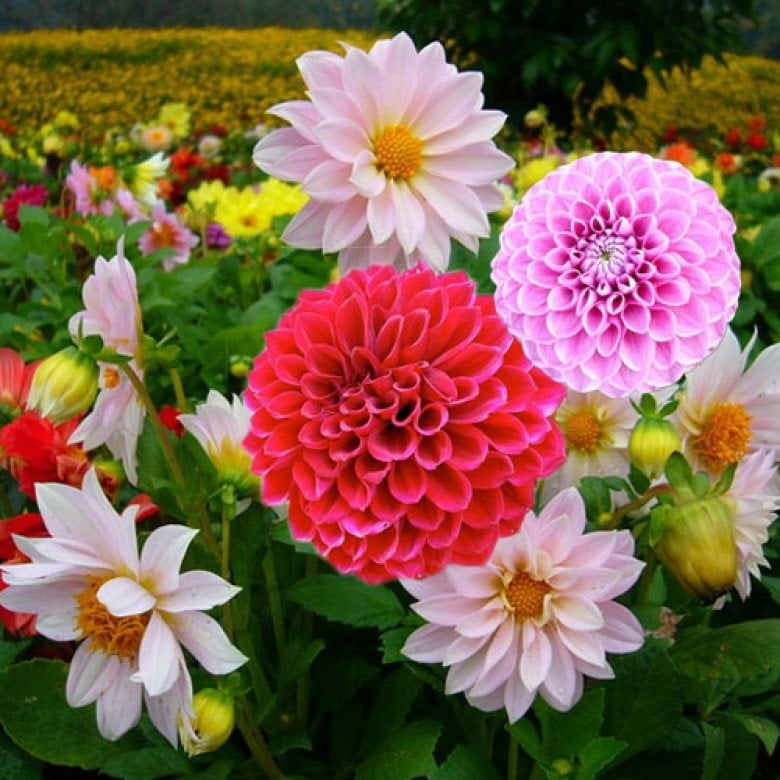
Proper care for poppies results in large, beautiful blooms.
Provide a Balanced Diet for Your Poppies
To ensure the healthy growth of your poppies, provide them with a balanced diet. Insufficient nutrients can lead to stunted growth, leaf discoloration, and a lack of flowers.
However, fertilizing should be tailored to the different growth stages of your poppies:
During their growth phase, apply nitrogen-rich fertilizer to encourage the development of strong stems and leaves.
As your poppies prepare to bud, reduce the nitrogen and apply phosphorus and potassium-rich fertilizer to promote flowering.
Excessive nitrogen during the flowering stage can lead to excessive foliage growth, hindering bud formation.
The Reluctant Bougainvillea: Tricks to Get Your Vine Blooming
Bougainvillea is a vibrant and vibrant plant, with its bright and vibrant colors, it is a popular choice for home gardeners looking to add a splash of color to their outdoor spaces. This sun-loving plant is a year-round bloomer, provided it is cared for properly. With its vibrant hues and free-flowing growth, it is a versatile plant that can transform any garden into a vibrant, colorful paradise.


























